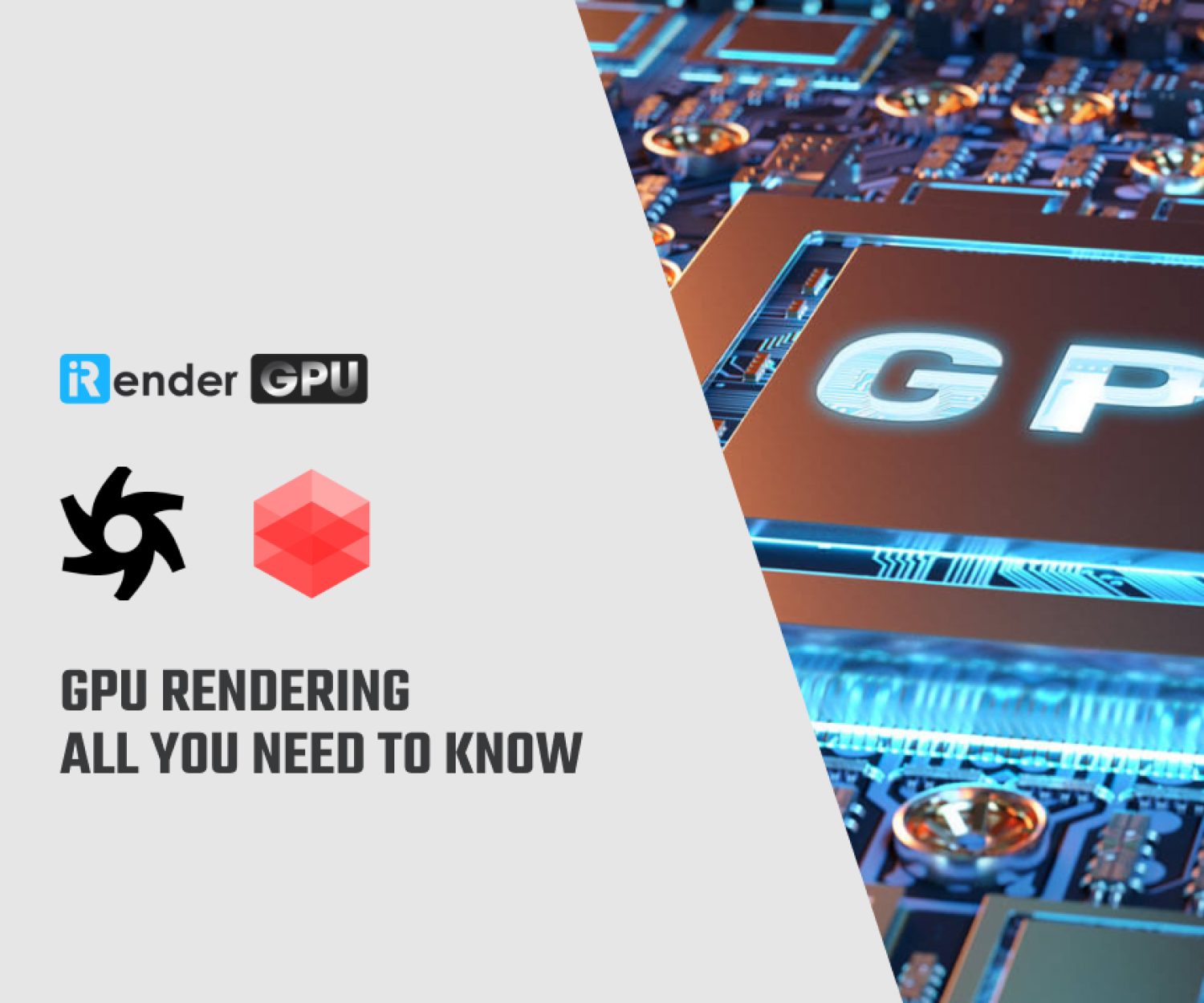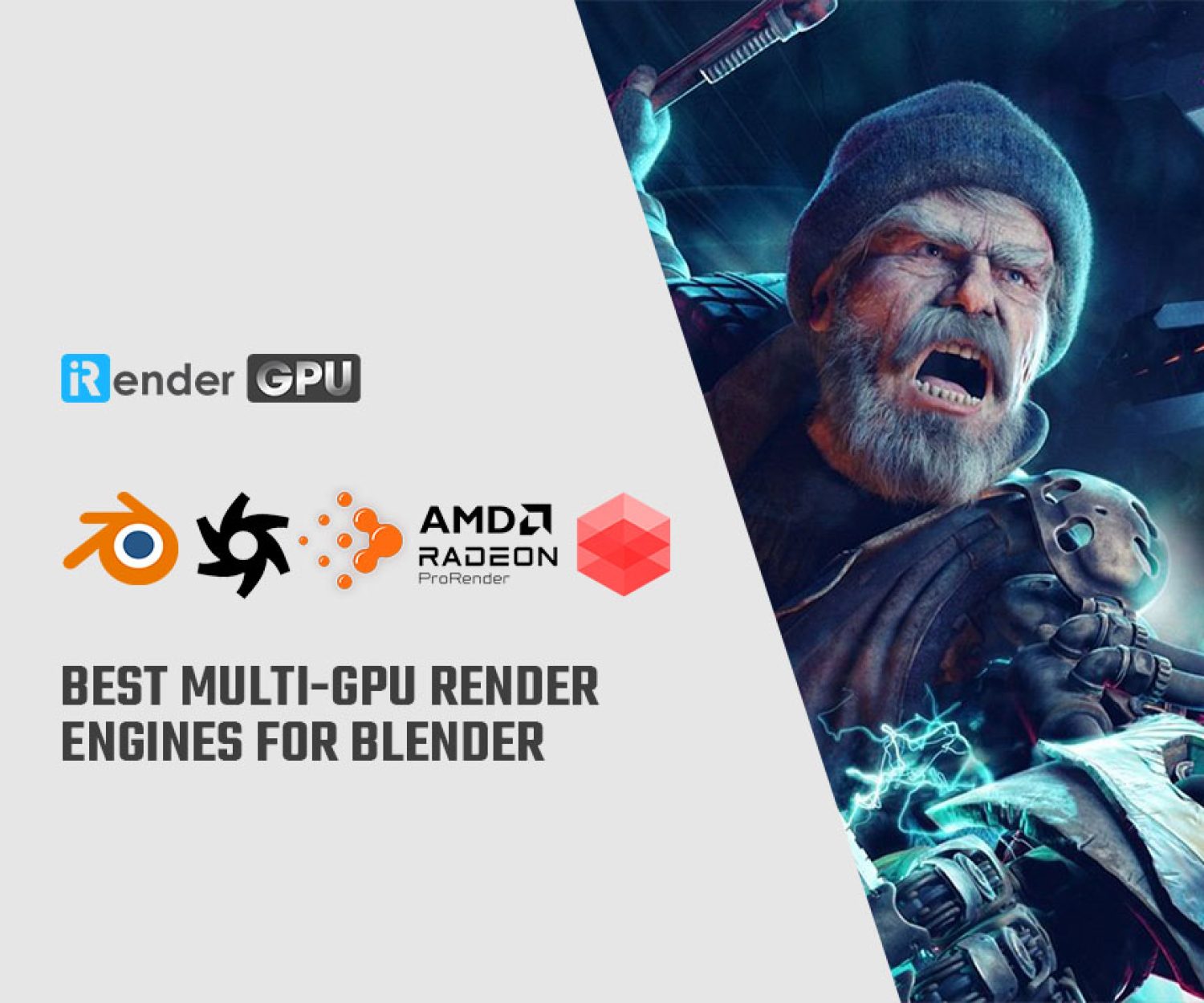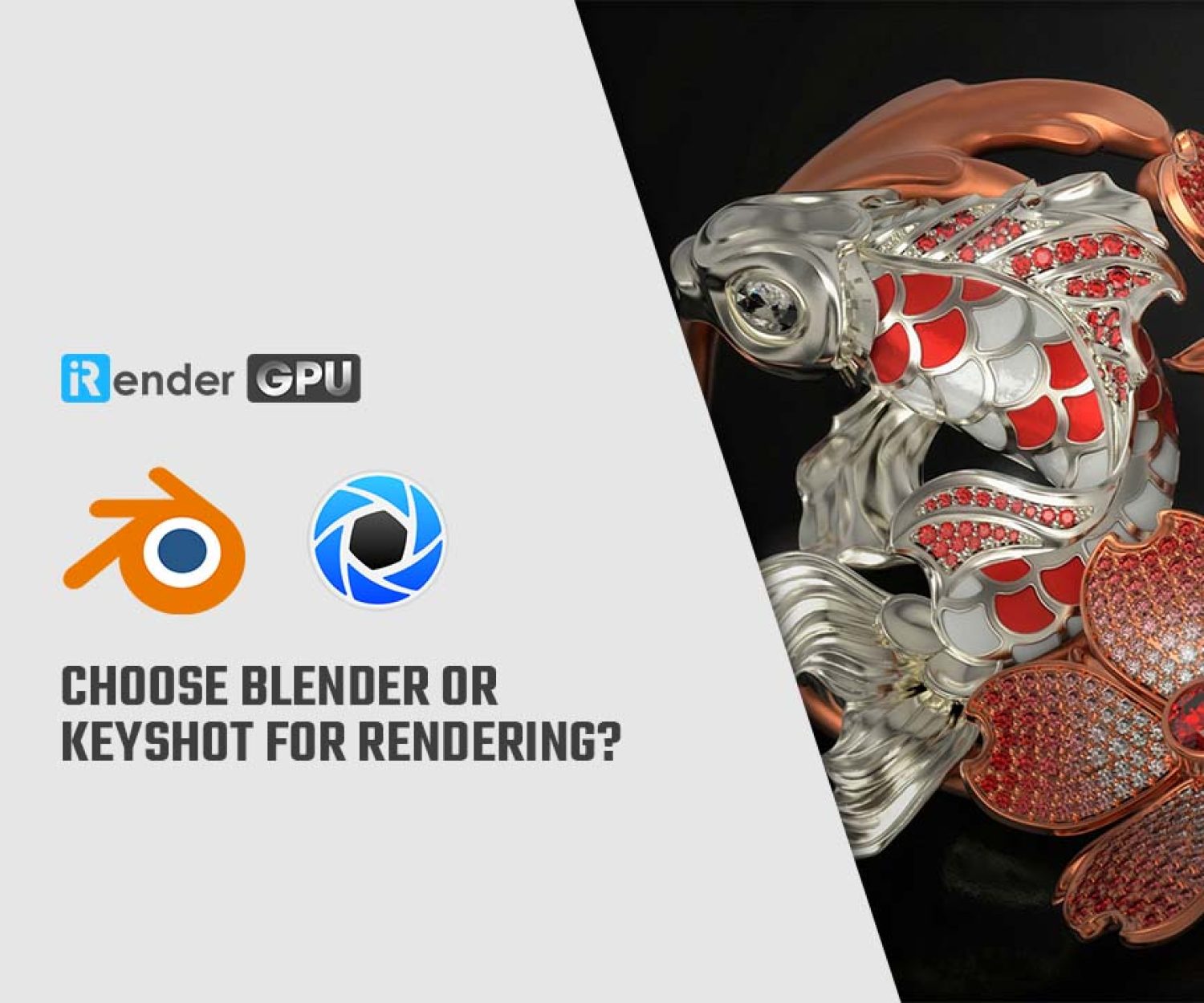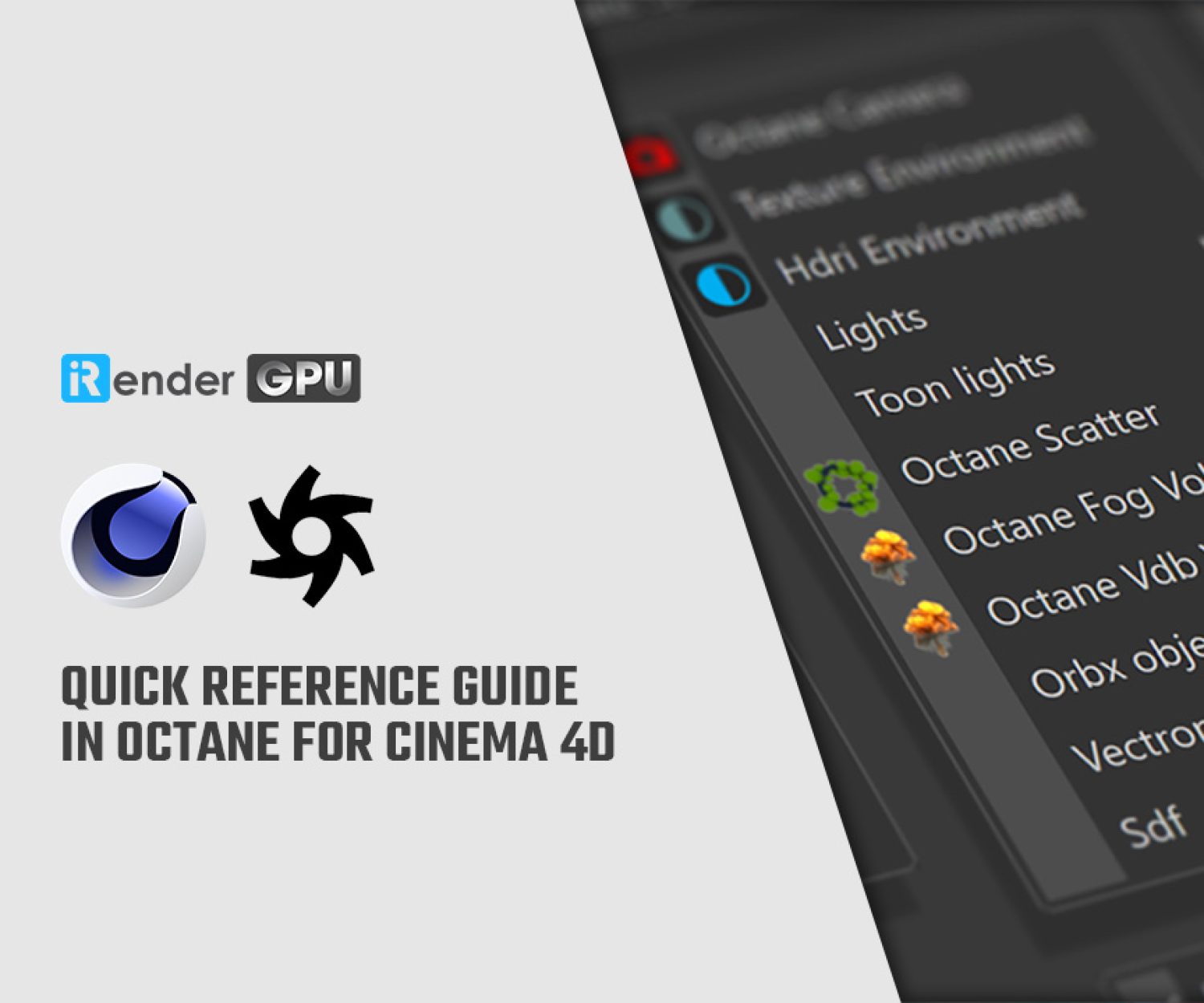GPU rendering uses a graphics card for rendering in place of a CPU, which can significantly speed up the rendering process as GPUs are primarily designed for quick image rendering. GPUs were introduced as a response to graphically intense applications that burdened CPUs and hindered computing performance.
GPU rendering takes a single set of instructions and runs them across multiple cores on multiple data, emphasizing parallel processing on one specific task while freeing up the CPU to focus on a variety of different sequential serial processing jobs. Rasterization, the rendering method used by all current graphics cards, geometrically projects objects in the scene to an image plane, which is an extremely fast process, but does not include advanced optical effects.
GPU-accelerated rendering is in high demand for a variety of applications, including GPU-accelerated analytics, 3D model graphics, neural graphics processing in gaming, virtual reality, artificial intelligence innovation, and photorealistic rendering in industries such as architecture, animation, film, and product design.
In applications such as smartphone user interfaces with weaker CPUs, force GPU rendering may be enabled for 2D applications to increase frame rates and fluidity. Knowing when to enable force GPU rendering can be determined by using the profile GPU Rendering tool, which identifies bottlenecks by measuring frame rendering times at each stage of the rendering pipeline.











